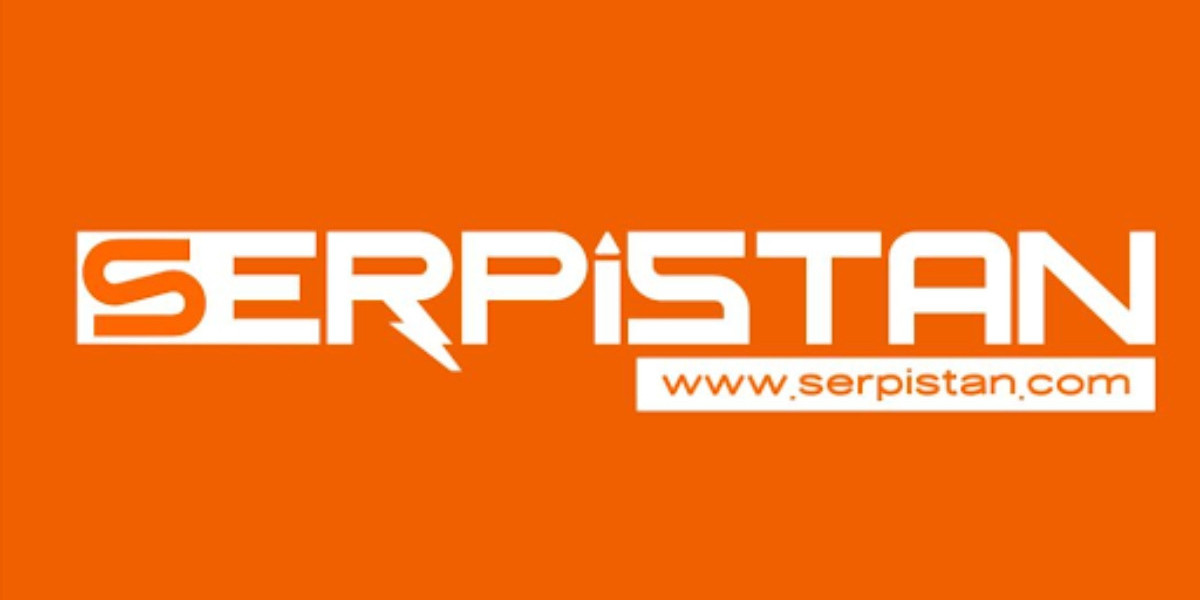Understanding Myeloproliferative Disorders
Myeloproliferative disorders (MPDs), now often referred to as myeloproliferative neoplasms (MPNs), are a group of chronic blood cancers characterized by the overproduction of one or more types of blood cells in the bone marrow. These conditions include polycythemia vera (PV), essential thrombocythemia (ET), and primary myelofibrosis (PMF), as well as chronic myeloid leukemia (CML), which is a distinct entity often discussed alongside Ph-negative MPNs. The uncontrolled proliferation of myeloid cells can lead to a range of symptoms, from fatigue and night sweats to an enlarged spleen, and a heightened risk of blood clots or bleeding. The underlying cause often involves genetic mutations, with the JAK2 V617F mutation being common in PV, ET, and PMF, highlighting the importance of targeted therapies.
Current Therapeutic Approaches
Treatment for myeloproliferative disorders is highly individualized, depending on the specific type of MPN, the patient's risk factors, symptoms, and disease progression. For polycythemia vera, the primary goal is to reduce red blood cell count and mitigate the risk of thrombosis. This is often achieved through therapeutic phlebotomy (blood removal) and cytoreductive therapies like hydroxyurea or interferon alpha. In essential thrombocythemia, the focus is on managing platelet counts and preventing thrombotic events, with low-dose aspirin and cytoreductive agents such as hydroxyurea or anagrelide commonly used. For primary myelofibrosis, which can lead to significant symptoms like severe fatigue, anemia, and splenomegaly, treatment aims to alleviate symptoms, reduce spleen size, and improve quality of life. Ruxolitinib, a JAK inhibitor, has been a significant breakthrough in managing these symptoms and is a cornerstone of therapy. Bone marrow transplant remains the only curative option for myelofibrosis, though it carries significant risks and is reserved for specific patient profiles.
Innovations in Treatment and Emerging Therapies
The myeloproliferative disorders treatment market is dynamic, driven by ongoing research and the development of novel therapeutic agents. The discovery of the JAK2 mutation paved the way for targeted therapies like JAK inhibitors, which have revolutionized the management of myelofibrosis and certain cases of polycythemia vera. Beyond ruxolitinib, newer JAK inhibitors are emerging, offering potential benefits for patients with specific characteristics, such as low platelet counts or anemia. The pipeline for MPN treatments is robust, with several novel drug classes under investigation. These include BET inhibitors, which target epigenetic regulators of gene expression; BCL-2/BCL-X inhibitors, which induce apoptosis in cancer cells; and telomerase inhibitors, which disrupt the enzyme crucial for cancer cell survival. Additionally, therapies aimed at improving anemia, a common and debilitating symptom in myelofibrosis, are a significant area of focus, including agents that target the TGF-beta signaling pathway.
Challenges in MPN Management
Despite therapeutic advancements, managing myeloproliferative disorders presents several challenges. The chronic nature of these diseases often requires long-term treatment, necessitating careful monitoring for side effects and disease progression. Accurate and timely diagnosis can be complex due to the variable presentation of symptoms and the need for specialized genetic testing. Furthermore, a significant proportion of patients may become resistant or intolerant to current therapies, highlighting the unmet need for new and effective treatment options. The heterogeneity of MPNs, where patients with the same diagnosis may respond differently to treatment, also underscores the need for personalized therapeutic strategies. Addressing these challenges requires a multidisciplinary approach involving hematologists, oncologists, and other specialists to optimize patient care.
Future Directions and Market Outlook
The future of the myeloproliferative disorders treatment market is bright, with a strong emphasis on precision medicine. The increasing understanding of the molecular pathogenesis of MPNs is expected to lead to the development of more targeted and effective therapies. Combination therapies, involving established drugs and emerging agents, are also being explored to achieve deeper and more durable responses. There is a growing focus on improving patient quality of life by addressing symptoms such as fatigue and anemia more effectively. The expansion of clinical trials for novel compounds will continue to shape the therapeutic landscape, potentially offering new hope for patients who do not respond to current treatments. As diagnostic tools become more sophisticated and personalized treatment algorithms are refined, the management of myeloproliferative disorders is poised for significant evolution, leading to improved outcomes for individuals living with these complex blood conditions.
Explore our latest reports
? Stay ahead in the healthcare industry. Browse our latest insights now!
About Market Research Future (MRFR)
Market Research Future (MRFR) is a global market research firm that provides comprehensive insights into market trends, drivers, challenges, and opportunities. We offer a broad range of market intelligence reports and consulting services to help businesses and enterprises in various industries make informed decisions
Media Contact:
Market Research Future (MRFR)
Phone: +1-646-845-9312
Email: contact@marketresearchfuture.com
Website: marketresearchfuture








